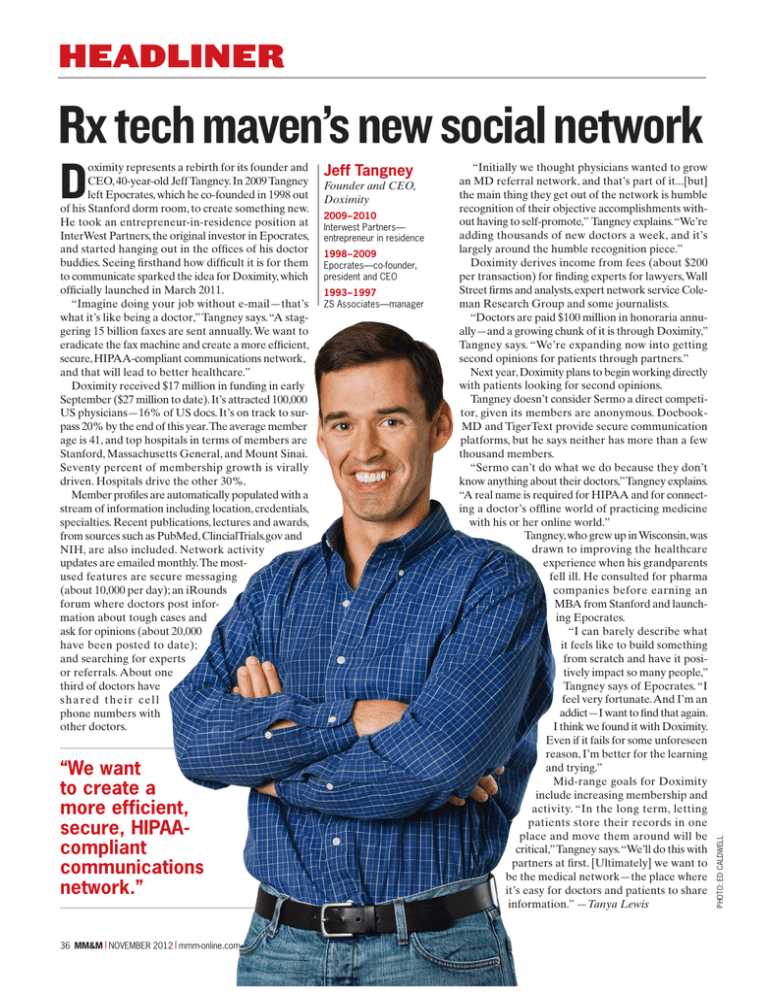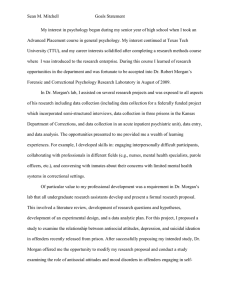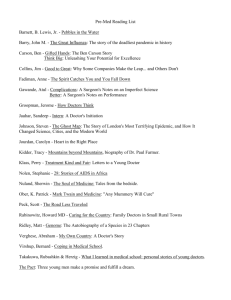Rx tech maven`s new social network
advertisement

HEADLINER D oximity represents a rebirth for its founder and CEO, 40-year-old Jeff Tangney. In 2009 Tangney left Epocrates, which he co-founded in 1998 out of his Stanford dorm room, to create something new. He took an entrepreneur-in-residence position at InterWest Partners, the original investor in Epocrates, and started hanging out in the offices of his doctor buddies. Seeing firsthand how difficult it is for them to communicate sparked the idea for Doximity, which officially launched in March 2011. “Imagine doing your job without e-mail—that’s what it’s like being a doctor,” Tangney says. “A staggering 15 billion faxes are sent annually. We want to eradicate the fax machine and create a more efficient, secure, HIPAA-compliant communications network, and that will lead to better healthcare.” Doximity received $17 million in funding in early September ($27 million to date). It’s attracted 100,000 US physicians—16% of US docs. It’s on track to surpass 20% by the end of this year. The average member age is 41, and top hospitals in terms of members are Stanford, Massachusetts General, and Mount Sinai. Seventy percent of membership growth is virally driven. Hospitals drive the other 30%. Member profiles are automatically populated with a stream of information including location, credentials, specialties. Recent publications, lectures and awards, from sources such as PubMed, ClincialTrials.gov and NIH, are also included. Network activity updates are emailed monthly. The mostused features are secure messaging (about 10,000 per day); an iRounds forum where doctors post information about tough cases and ask for opinions (about 20,000 have been posted to date); and searching for experts or referrals. About one third of doctors have shared their cell phone numbers with other doctors. “We want to create a more efficient, secure, HIPAAcompliant communications network.” 36 MM&M x NOVEMBER 2012 x mmm-online.com Jeff Tangney Founder and CEO, Doximity 2009 – 2010 Interwest Partners— entrepreneur in residence 1998 – 2009 Epocrates—co-founder, president and CEO 1993 – 1997 ZS Associates—manager “Initially we thought physicians wanted to grow an MD referral network, and that’s part of it...[but] the main thing they get out of the network is humble recognition of their objective accomplishments without having to self-promote,” Tangney explains. “We’re adding thousands of new doctors a week, and it’s largely around the humble recognition piece.” Doximity derives income from fees (about $200 per transaction) for finding experts for lawyers, Wall Street firms and analysts, expert network service Coleman Research Group and some journalists. “Doctors are paid $100 million in honoraria annually—and a growing chunk of it is through Doximity,” Tangney says. “We’re expanding now into getting second opinions for patients through partners.” Next year, Doximity plans to begin working directly with patients looking for second opinions. Tangney doesn’t consider Sermo a direct competitor, given its members are anonymous. DocbookMD and TigerText provide secure communication platforms, but he says neither has more than a few thousand members. “Sermo can’t do what we do because they don’t know anything about their doctors,” Tangney explains. “A real name is required for HIPAA and for connecting a doctor’s offline world of practicing medicine with his or her online world.” Tangney, who grew up in Wisconsin, was drawn to improving the healthcare experience when his grandparents fell ill. He consulted for pharma companies before earning an MBA from Stanford and launching Epocrates. “I can barely describe what it feels like to build something from scratch and have it positively impact so many people,” Tangney says of Epocrates. “I feel very fortunate. And I’m an addict—I want to find that again. I think we found it with Doximity. Even if it fails for some unforeseen reason, I’m better for the learning and trying.” Mid-range goals for Doximity include increasing membership and activity. “In the long term, letting patients store their records in one place and move them around will be critical,” Tangney says. “We’ll do this with partners at first. [Ultimately] we want to be the medical network—the place where it’s easy for doctors and patients to share information.” —Tanya Lewis PHOTO: ED CALDWELL Rx tech maven’s new social network


